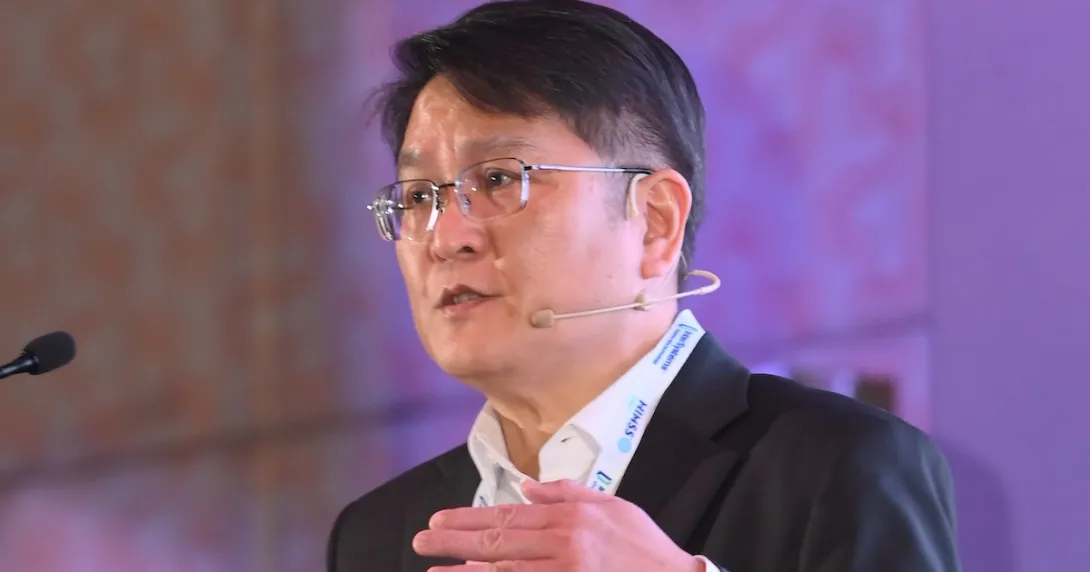
Bethsaida Hospital Serang has been recently validated at Stage 6 of the HIMSS Electronic Medical Record Adoption Model (EMRAM).
During its validation, the hospital demonstrated its accelerated patient discharge process, which has cut down wait times from six to two hours.
At HIMSS25 APAC, Hasan Widjaja, IT head at Bethsaida Health Care, presented how they implemented changes in their discharge process and their outcomes.
THE PROBLEM
Previously, he shared, wait times for discharge could take up to six hours, resulting in piles of complaints and patient dissatisfaction. There was also high demand for VIP rooms from corporates and expatriates, which was beyond the hospital's expectations.
Moreover, prescription writing took a while due to an unintegrated process and challenges in the communication of documentation between doctors, nurses, and relevant departments.
PROPOSAL
Recognising these problems, the hospital aimed to improve bed utilisation efficiency and patient satisfaction by optimising the discharge workflow. It aimed to reduce the discharge wait times from four to two hours for self-paying patients and from six hours to four hours for insurance patients. Meanwhile, it sought to increase the patient satisfaction rate from 80% to 96%.
MEETING THE CHALLENGE
The hospital implemented a discharge planning system with a discharge instruction module. According to Widjaja, the system automatically notifies or alerts all concerned inpatient units, with both the patient and care team able to monitor the discharge status via the patient portal and WhatsApp.
" The most important thing to avoid complaints from patients is to manage [their] expectations. As long as the patient knows the discharge progress, they are happy," Widjaja shared.
Although they were already using a WhatsApp group chat to coordinate the discharge process, oftentimes, not all concerned hospital units were included, which forced nurses to call up and inform them.
"We changed the process from human-centric to system-centric," Widjaja said.
"Once the doctor initiates the patient discharge, the system automatically generates a notification to the relevant units, which include nursing, pharmacy, nutrition, admission, and billing, for them to prepare for the discharge. After the billing department has issued the bill, the patient will be allowed to make their payment."
Moreover, following HIMSS' recommendation, Bethsaida set up the committees for digital transformation and change management, which also guide their doctors in initiating the discharge process.
Learning activities to help staff adjust to this accelerated process were also conducted.
RESULTS
Comparing data before and after implementation in November 2024 and April 2025, Bethsaida observed a reduction in discharge wait times from 6.3 hours to 2.92 hours for insurance patients and from 3.17 hours to 2.11 hours for self-paying patients. The capacity and turnover of VIP rooms also increased. Moreover, patient satisfaction climbed from about 81% to 96.9% over the same period.
Widjaja said the same accelerated discharge process has also been implemented in the emergency department and operating theatres. Future developments, he shared, will include integrating discharge status into a mobile application. Their digital transformation and change management committees will also collaborate in further designing the system and engaging more clinical staff to adapt to the process.
"With effective coordination, real-time status information, and robust system support, this patient discharge preparation can be carried out more efficiently," Widjaja remarked.
"IT is not just supporting healthcare; it is driving its innovation. We cannot avoid innovation; always [innovate]," he concluded.